The content of the article
Horseradish uses leaves and roots. They are necessary for the preparation of marinades, spicy sauces, vegetable and meat dishes, aspic from fish. If there is no personal plot and you have to go to the market for greens, you need to create a personal supply at home.
Appearance
Perennial herbaceous plant is well known with broad leaves with large veins. It is unpretentious and grows in almost every suburban area. Horseradish belongs to the cabbage family, grows up to 1.5 m, prefers moist, well-lit places. Tends to grow rapidly, so they try to plant it along the fence, or outside the yard. Mistresses treat him with care, as closer to autumn he will become indispensable attributes of pickles for cucumbers, tomatoes, peppers. The roots are suitable for use in bushes of the second year and older. They are used in cooking and traditional medicine.
It has been widely used in Russia since the 9th century, Europe met it 6 centuries later, where horseradish is cultivated as a vegetable crop. Related species are recognized radishes, mustard, watercress. He owes his sharp specific taste and smell to the large amount of essential oils found in all parts of the plant. In addition, it includes:
- lysozyme;
- carotene;
- resinous substances;
- vitamins;
- volatile;
- alkaloids;
- nitrogen substances;
- starch;
- fatty oil;
- mineral salts.
Important: the most valuable is the fresh root, which is dug up in early spring immediately after the snow melts or in late autumn. It must be processed immediately so that the essential oils do not evaporate or try to preserve.
Beneficial features
In addition to taste, the plant has a pronounced healing side. The use of horseradish for colds is well known; it has anti-inflammatory, anti-zingotic, diuretic, and antibacterial effects. It stimulates the intestines, relieves skin inflammation, increases appetite.
Its merit with regular use internally and externally is:
- metabolic acceleration;
- disinfection of wounds by washing the root broth;
- reduction in muscle and joint pain;
- choleretic effect;
- warming effect;
- relieving symptoms of inflammation with cystitis;
- reduction of edema;
- giving the skin elasticity;
- the fight against cellulite and the elimination of the effect of "orange peel".
Juice diluted with water, gargle and mouth with sore throat, tonsillitis, stomatitis. Water decoction is sealed off during dysentery, parasites are excreted, including lamblia and helminths. The infusion is part of a comprehensive treatment for respiratory infections, lotions help with bruises and in the treatment of fungal infections.
Hot seasoning to support male strength
The love of spicy dishes is often determined by the needs of the body. Horseradish root not only sharpens meat, fish and other products, but also stimulates blood circulation, which in most representatives of the strong half of humanity weakens after 40-50 years. Being a strong aphrodisiac, horseradish returns sexual desire, strengthens potency, increases sperm activity, affecting reproductive function. The regular presence of seasoning in the diet eliminates prostatitis, urological diseases, normalizes digestion and metabolism in a sedentary lifestyle.
Contraindications
Despite the wide range of uses, horseradish root is not a panacea for all ills and diseases, since its use also has a number of limitations.You can not eat it or as a remedy for allergies and individual intolerance, an acute period with diseases of the digestive system, and sharp jumps in blood pressure.
Pregnant and breastfeeding women should also refrain from consuming the product. It affects blood coagulability and changes the taste of milk, which may not please the baby.
How to store horseradish
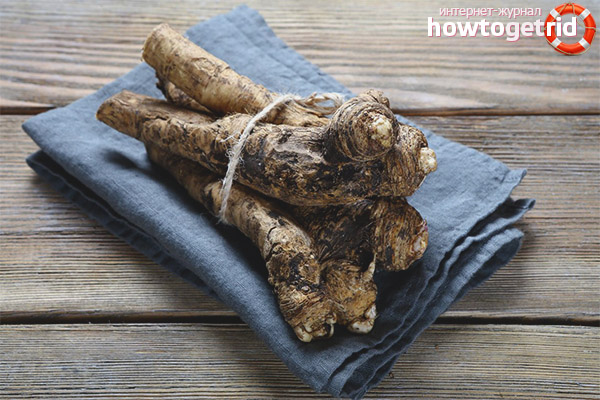
Basically, they try to create a stock of the root. Leaves, despite their massiveness, quickly fade and lose moisture even in the refrigerator. The maximum shelf life in a plastic bag is 3 to 4 days. Then they turn yellow, lose their smell and presentation.
The root has completely different characteristics. It is more dense elastic, fleshy. Outside, yellow-brown, on a slice white, fibrous. But just putting freshly dug roots in the refrigerator is also impossible, after 1-2 days they become lethargic, most of the essential oils disappear. Therefore, it is worth highlighting the day and devote it to the processing and procurement of useful raw materials.
- The easiest and most effective way to store horseradish is to place it in the cellar, thoroughly falling asleep in the sand, similar to carrots. Coolness and humidity are fully consistent with natural conditions. Until the root has sprouted, and this happens closer to spring, it will store its beneficial properties.
- Fresh root porridge is cooked quickly enough. The pieces washed and peeled from the upper skin are ground through a meat grinder into a plastic bag. The grinding process releases a large amount of volatile and essential oils. In order not to get irritation of the nasopharynx from the concentrated smell, it is recommended to fix the packing bag on the meat grinder with a cord or pharmacy gum, and then simply remove it with the crushed raw materials inside. Put in enameled dishes, add 1 tbsp. salt and 3 tbsp. tablespoons of sugar per 2 kg. horseradish, dilute with boiling water to a state of gruel and roll in sterilized jars, adding a few drops of lemon juice or vinegar essence.
- Freezing allows you to save most of the nutrients, provided that the roots are processed and cleaned in the freezer on the day they are excavated. They are washed, scraped to a white core, thoroughly washed again, cut into pieces of 3-5 cm and laid out in bags for freezing. The peculiarity is then to grind them frozen. Storage in the refrigerator in a closed container is allowed within 3 to 4 weeks.
- Dried horseradish is not suitable for medicinal purposes, but it retains sharpness and taste. Prepare it by cutting into thin slices and drying naturally in a shady well-ventilated place, in a dryer or oven. Finished raw materials are crushed and folded into a jar with a tight lid.
Tips for preparing the roots for cooking
Pre-soaking for a day reduces “biting” and cleaning horseradish will be much easier. The peeled pieces are stored in water, the small ones are cleaned with a knife, for larger ones it is more convenient to use a peeler. Prepared raw materials are immediately laid out in bags and wrapped securely to prevent drying out.
Please note: in order to protect the skin of the hands, it is convenient to use disposable gloves.
A useful and affordable plant, with proper preparation, can preserve medicinal properties for a long time, creating a reliable barrier to viral infections, pathogenic bacteria, increase immunity, provide necessary vitamins and minerals, and support health. Horseradish root is part of many savory snacks and sauces, such as horseradish, horseradish, used as an additive to kvass.
how to save horseradish for the winter

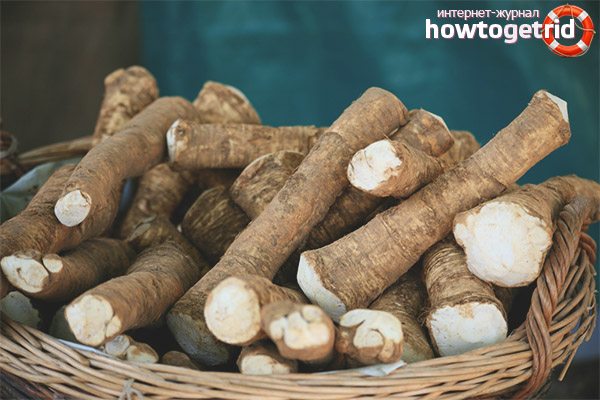

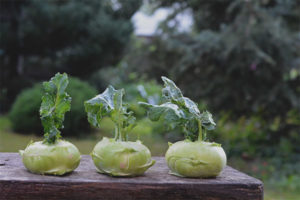
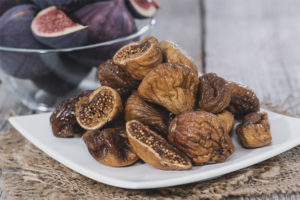

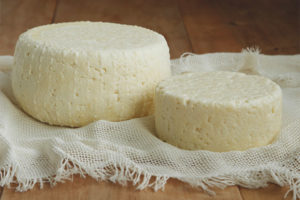
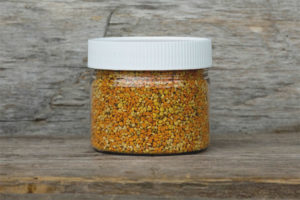
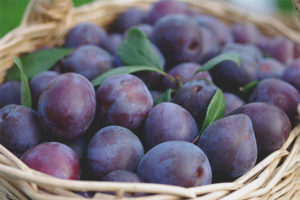
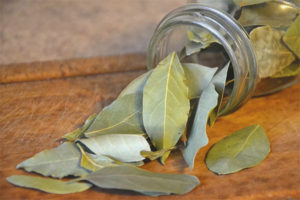
Submit